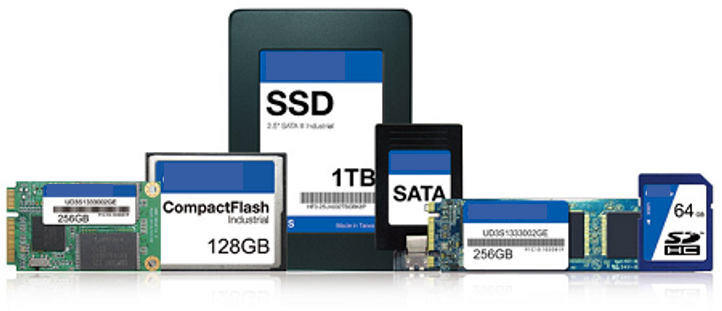In today’s digital age, data storage has become a critical part of our daily lives, whether for personal or professional use. Solid State Drives (SSD) have revolutionized the way we store and access our information, offering significantly faster read/write speeds compared to traditional hard drives (HDD). However, not all SSDs are created equal, and choosing the right one can be a daunting task. In this article, we will guide you through the different types of SSDs, their features, and how to select the best SSD for your needs and budget.
Understanding the Different Formats
SSDs come in various form factors, which refers to their physical dimensions and connection type. Some of the most common include:
- 2.5 inches: This is the traditional form factor, compatible with most desktop computers and laptops.
- mSATA: Designed for micronotebooks, this type uses a compact connector and resembles a mini-PCI card.
- M.2: Successor to mSATA, M.2 is more flexible and can support both SATA and PCIe interfaces, depending on the model.
- U.2 and PCIe: These are commonly used for enterprise applications due to their high performance, although they tend to have a higher price.

The form factor you choose will largely depend on your device and your specific needs. It is crucial to check compatibility with your system before making a purchase.
The Importance of Driver and Firmware
The heart of an SSD is its controller, which manages reading and writing data to flash memory. Manufacturers like Samsung develop their own drivers, while others may use third-party vendors. Firmware, on the other hand, is the embedded software that allows the controller to operate efficiently. Keeping firmware up to date is essential to ensure the best performance and longevity of your SSD.
Connection Interfaces: What You Should Know?
An SSD’s interface determines how it connects and communicates with your computer. Here are some common options:
- SATA: Widely available, it is compatible with most motherboards and offers a cost-effective solution for storage.
- PCIe/NVMe: They offer significantly higher transfer speeds than SATA, ideal for users who require maximum performance, such as gamers or video editing professionals.
Types of Flash Memory: Speed vs. Capacity vs. Cost
SSDs use different types of flash memory, each with its advantages and disadvantages:
- SLC (Single-Layer Cell): Offers the fastest speeds and greater durability but at a higher cost and lower capacity.
- MLC (Multi-Layer Cell) and TLC (Triple-Layer Cell): A balance between performance, capacity and cost. Suitable for most users.
- QLC (Quad-Layer Cell): Provides the highest capacity at a lower price, but with slower speeds and less durability. Ideal for secondary storage.
Making the Right Decision
When choosing an SSD, carefully consider your specific needs. Looking for maximum performance for gaming or video editing? Or do you need a high-capacity storage solution at an affordable price? Evaluate the form factor, interface, type of flash memory and, of course, your budget.
At Ibertronica.es we offer you a wide range of SSDs to satisfy all your needs. From affordable solutions to high-performance options, we have the perfect SSD for you.
You can also contact us through our web page, phone (917 10 95 15) email ([email protected]) or social networks, and request the necessary information to carry out your choice. An Ibertrónica advisor will assist you and help you choose the SSD that best suits your needs and objectives.







